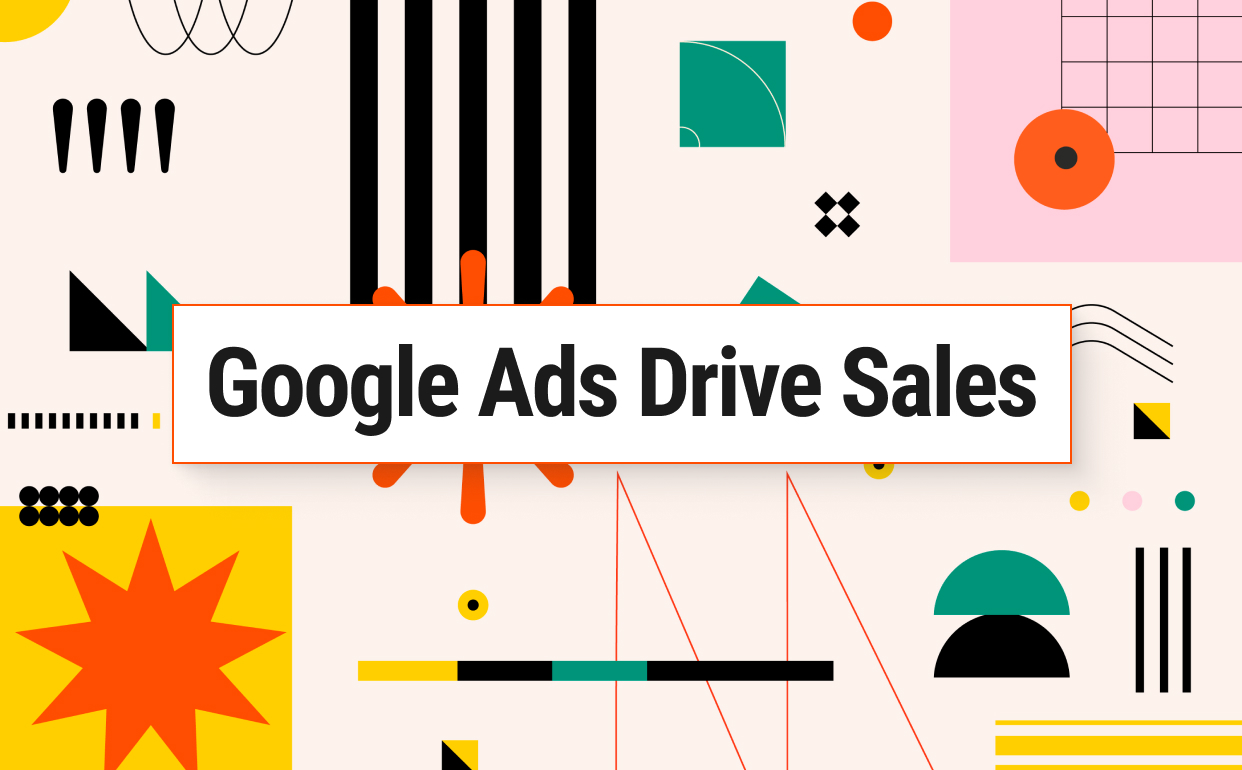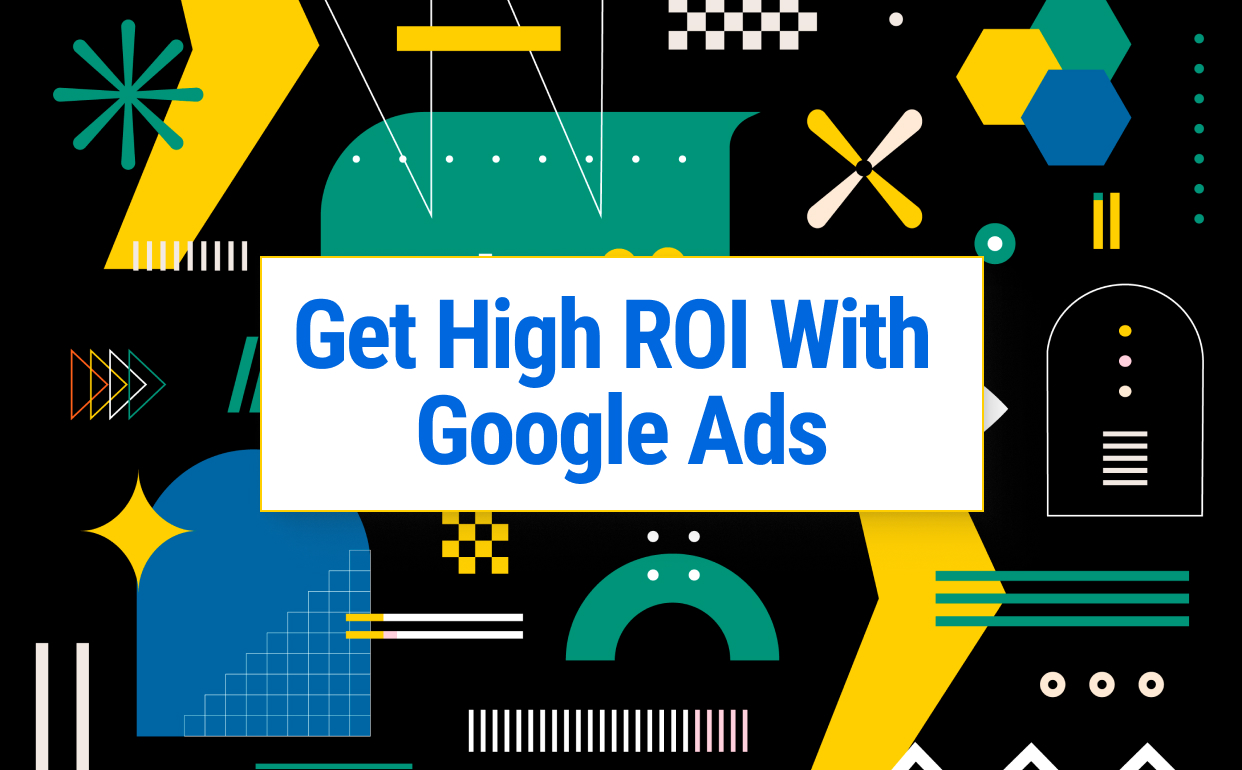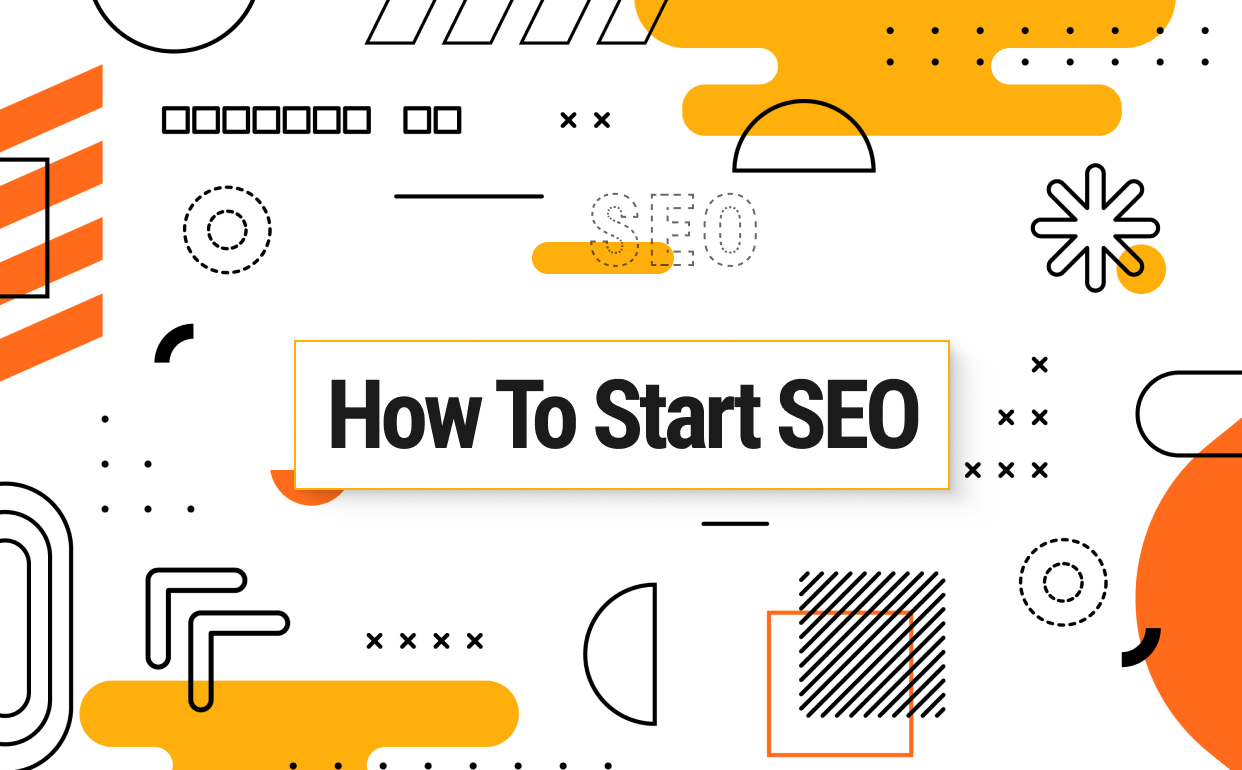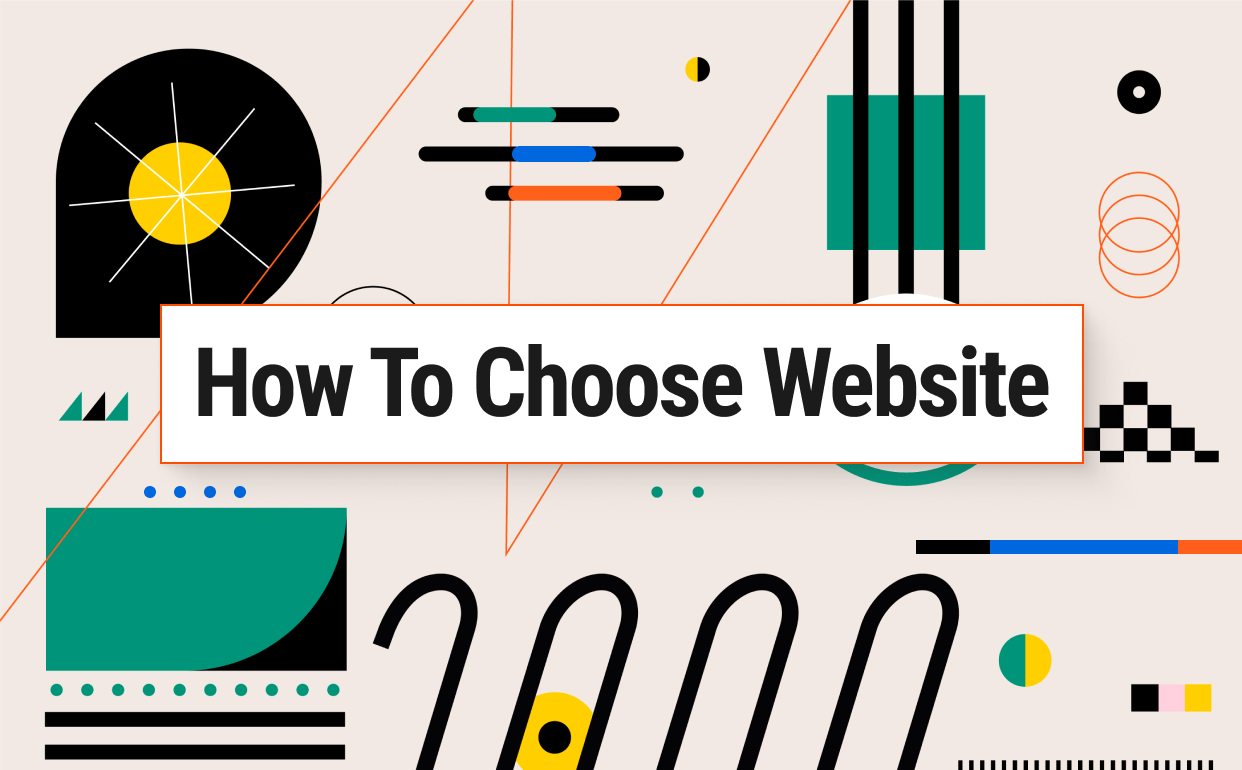Understanding Google Ads
What is Google Ads?
Google Ads, formerly known as Google AdWords, is an online advertising platform developed by Google. It allows businesses to display ads on Google’s search engine results pages (SERPs) and its extensive network of partner websites. This pay-per-click (PPC) advertising model means businesses only pay when someone clicks on their ad, making it a cost-effective way to reach potential customers.
How Google Ads Work
Google Ads operates on a bidding system. Advertisers bid on specific keywords relevant to their business. When users search for those keywords, Google runs an auction to determine which ads will appear in the ad space on the SERP. The ad’s position is influenced by the bid amount and the ad’s quality score, which is determined by factors such as click-through rate (CTR), relevance, and the landing page experience.
Here’s a step-by-step breakdown of how Google Ads work:
-
Keyword Research: Identify relevant keywords that potential customers might use to search for your products or services.
-
Create Ad Campaigns: Set up campaigns and ad groups focused on these keywords. Each campaign can have multiple ad groups targeting different sets of keywords.
-
Write Ad Copy: Create compelling ad copy that includes the target keywords and encourages users to click.
-
Set Bids and Budget: Determine how much you’re willing to pay for each click and set a daily or monthly budget.
-
Launch and Monitor: Launch the campaign and monitor its performance. Adjust bids, keywords, and ad copy as necessary to optimize results.
Benefits of Using Google Ads for Small Businesses
Immediate Visibility
One of the most significant advantages of Google Ads is the immediate visibility it offers. Unlike SEO, which can take months to yield results, Google Ads can place your business at the top of search results almost instantly. This is especially beneficial for new businesses looking to establish an online presence quickly.
Targeted Advertising
Google Ads provides robust targeting options, allowing businesses to reach their ideal audience. You can target users based on various factors, including location, demographics, language, and even the time of day. This level of precision ensures that your ads are seen by people most likely to be interested in your products or services.
Cost-Effective
With Google Ads, you control your advertising budget. The PPC model means you only pay when someone interacts with your ad. This ensures that your advertising dollars are spent on engaged users. Additionally, you can set daily budgets and maximum bids to prevent overspending.
Measurable Results
Google Ads offers comprehensive analytics and reporting tools. You can track the performance of your ads in real-time, measure conversions, and calculate ROI. This data-driven approach allows for continuous optimization of your campaigns to achieve better results over time.
Flexibility and Control
Google Ads provides flexibility in ad creation and campaign management. You can run different types of ads, including text, display, video, and shopping ads. Additionally, you can pause or stop campaigns at any time, giving you control over your advertising efforts.
Enhances SEO Efforts
Running Google Ads can complement your SEO strategy. Ads can help drive traffic to your site, increasing brand awareness and potentially leading to more organic searches for your business. Moreover, insights gained from Google Ads, such as high-performing keywords, can inform your SEO strategy.
Getting Started with Google Ads
Setting Up Your First Campaign
-
Create a Google Ads Account: Sign up for a Google Ads account and follow the setup instructions.
-
Define Your Goals: Determine what you want to achieve with your campaign, such as increasing website traffic, generating leads, or boosting sales.
-
Choose Your Keywords: Use tools like Google Keyword Planner to find relevant keywords with good search volume and manageable competition.
-
Set Your Budget: Decide on your daily budget and maximum cost-per-click (CPC) bid.
-
Write Your Ads: Craft compelling ad copy that includes your target keywords and a clear call to action.
-
Launch Your Campaign: Review all settings and launch your campaign.
Monitoring and Optimization
Once your campaign is live, regularly monitor its performance. Look at key metrics such as CTR, conversion rate, and cost-per-conversion. Use this data to make informed adjustments to your keywords, bids, and ad copy. Continuous optimization is crucial for maximizing the effectiveness of your Google Ads campaigns.
Conclusion
Google Ads is a powerful tool for small businesses looking to increase their online visibility and drive targeted traffic to their websites. By understanding how Google Ads work and leveraging its benefits, businesses can create cost-effective and measurable advertising campaigns. Start with a clear goal, perform thorough keyword research, and continuously optimize your campaigns to achieve the best results. Ready to elevate your online presence? Contact Vissible today to learn how we can help you get started with Google Ads management in Orange County and other digital marketing strategies.
Additional Resources
- Google Ads Help Center
- How Google Ads Management Can Be Helpful
- SEO vs. Google Ads: Which is Better?
By following these guidelines and best practices, you can create an informative and engaging blog post that not only educates your readers but also improves your website’s SEO performance.







